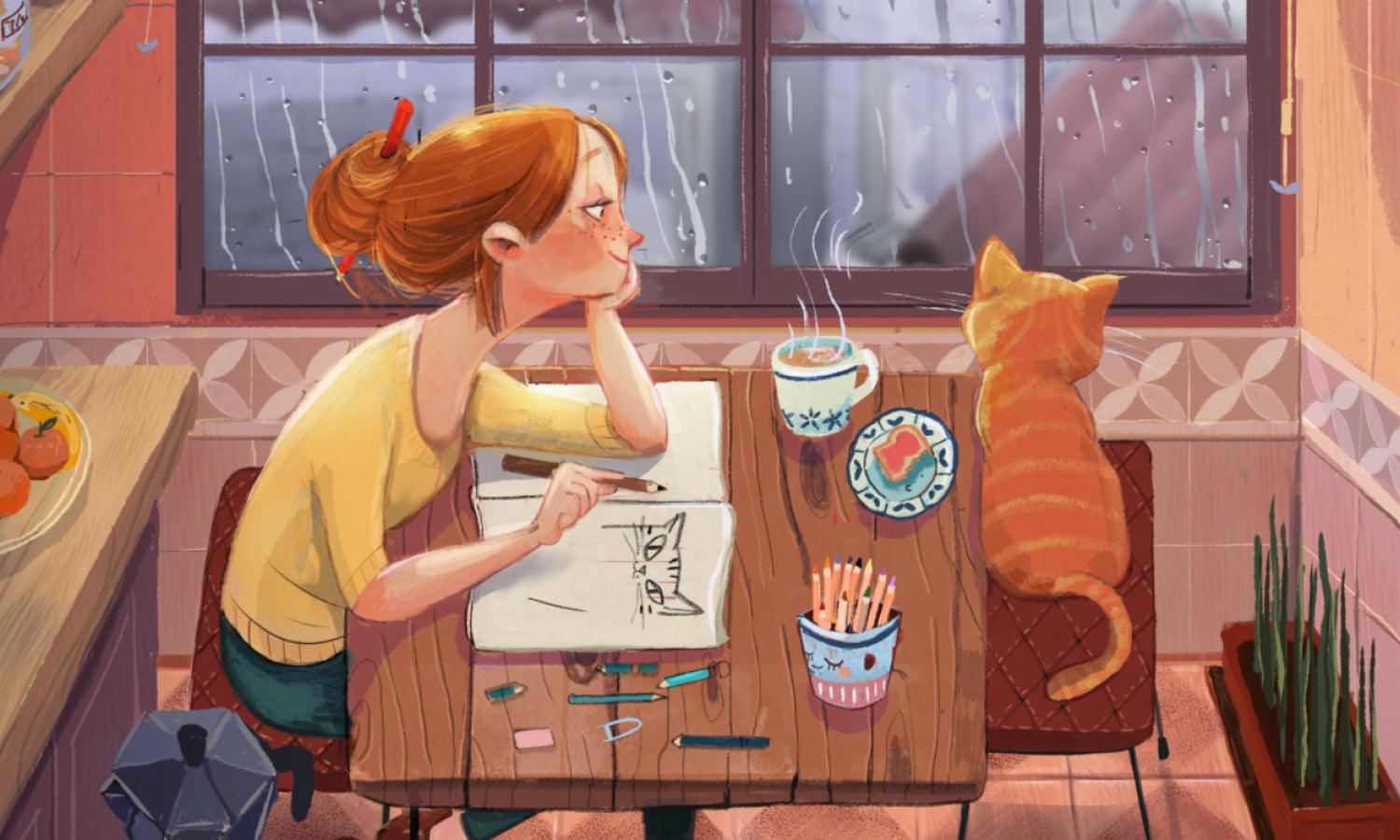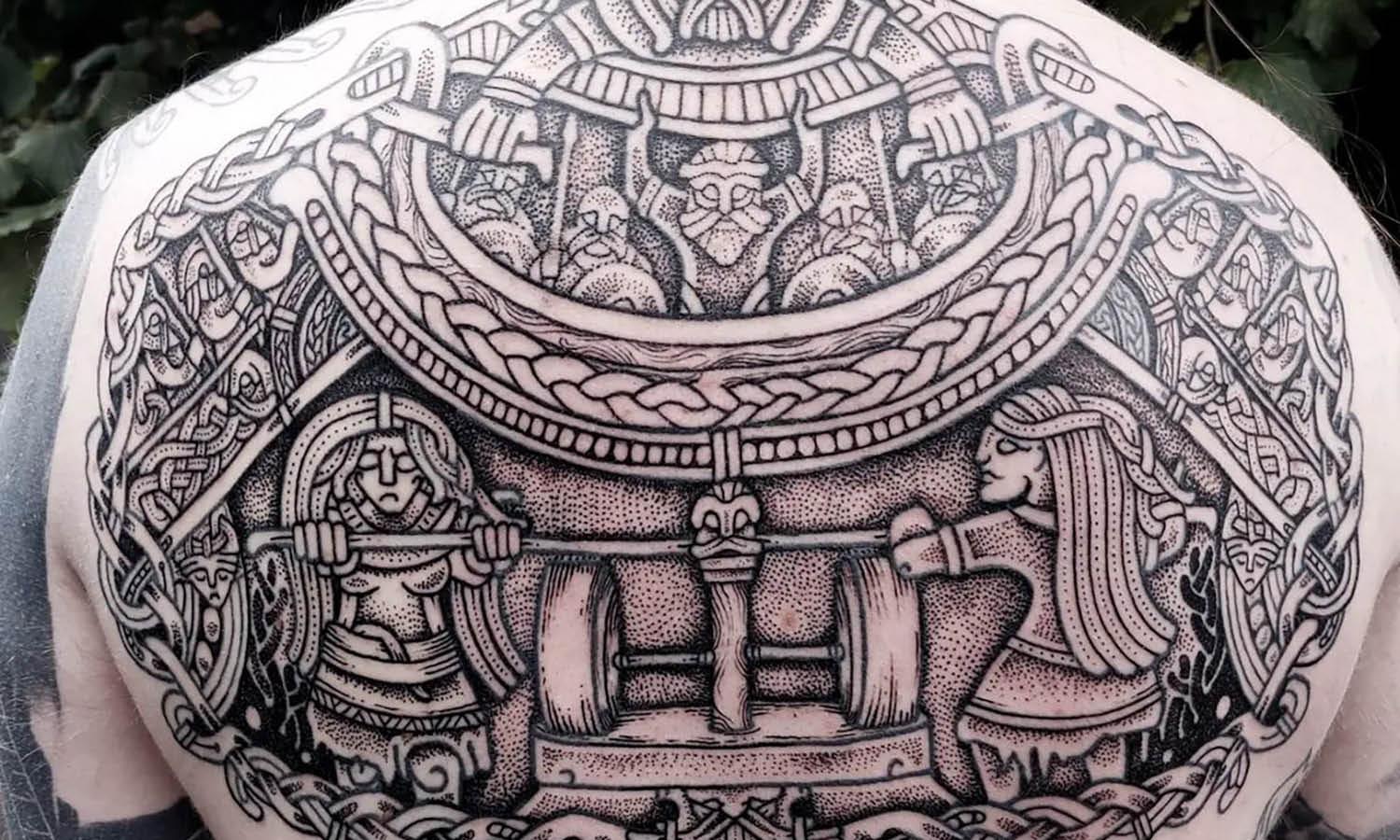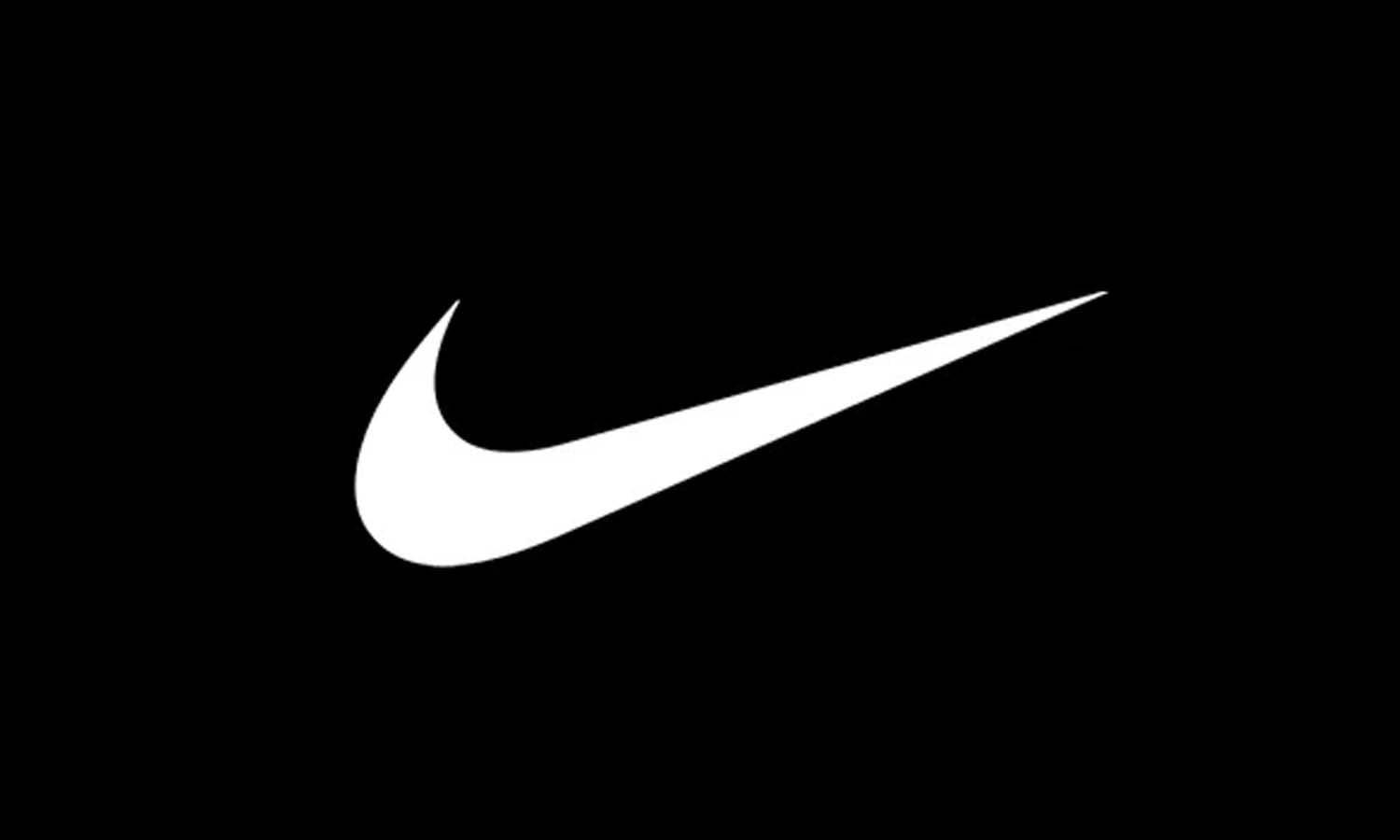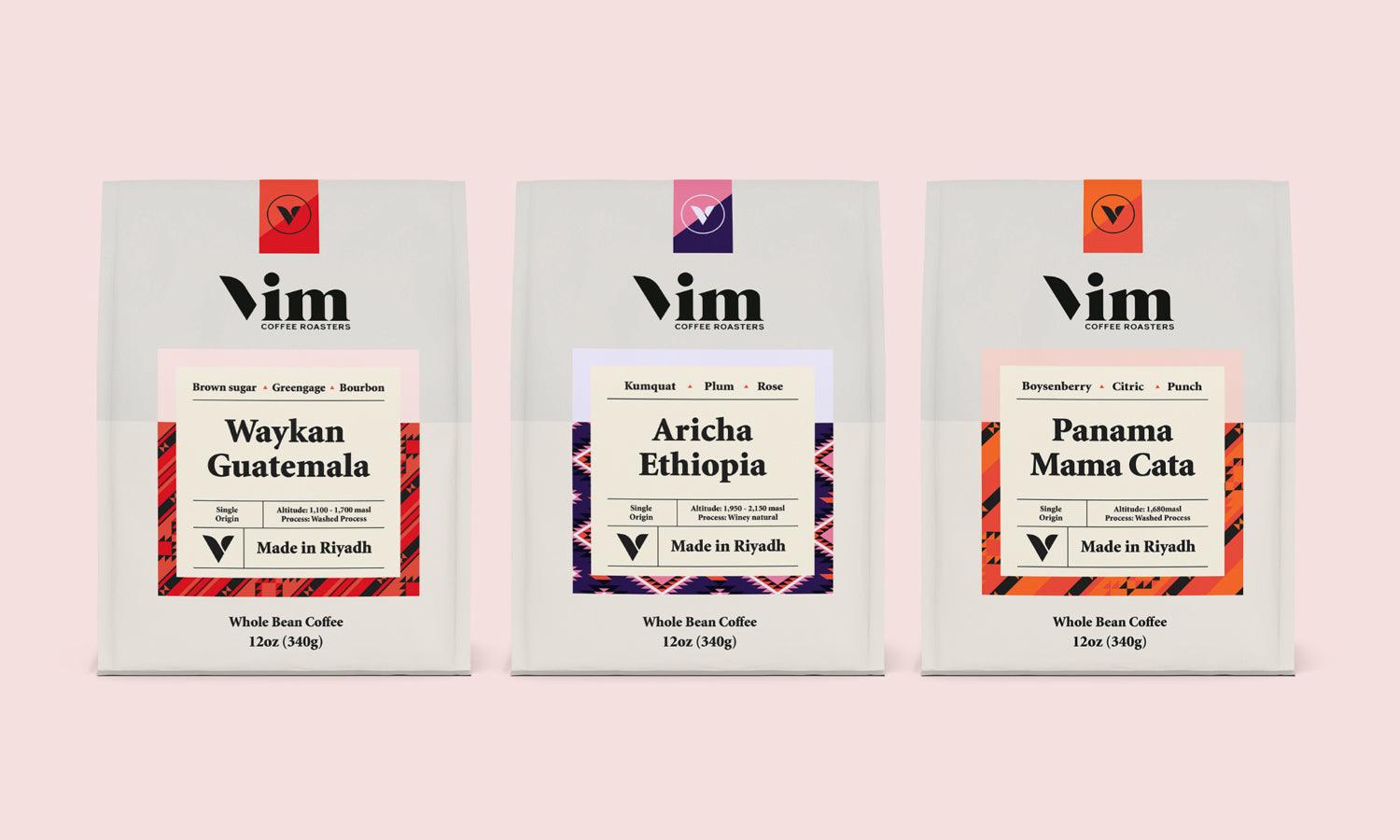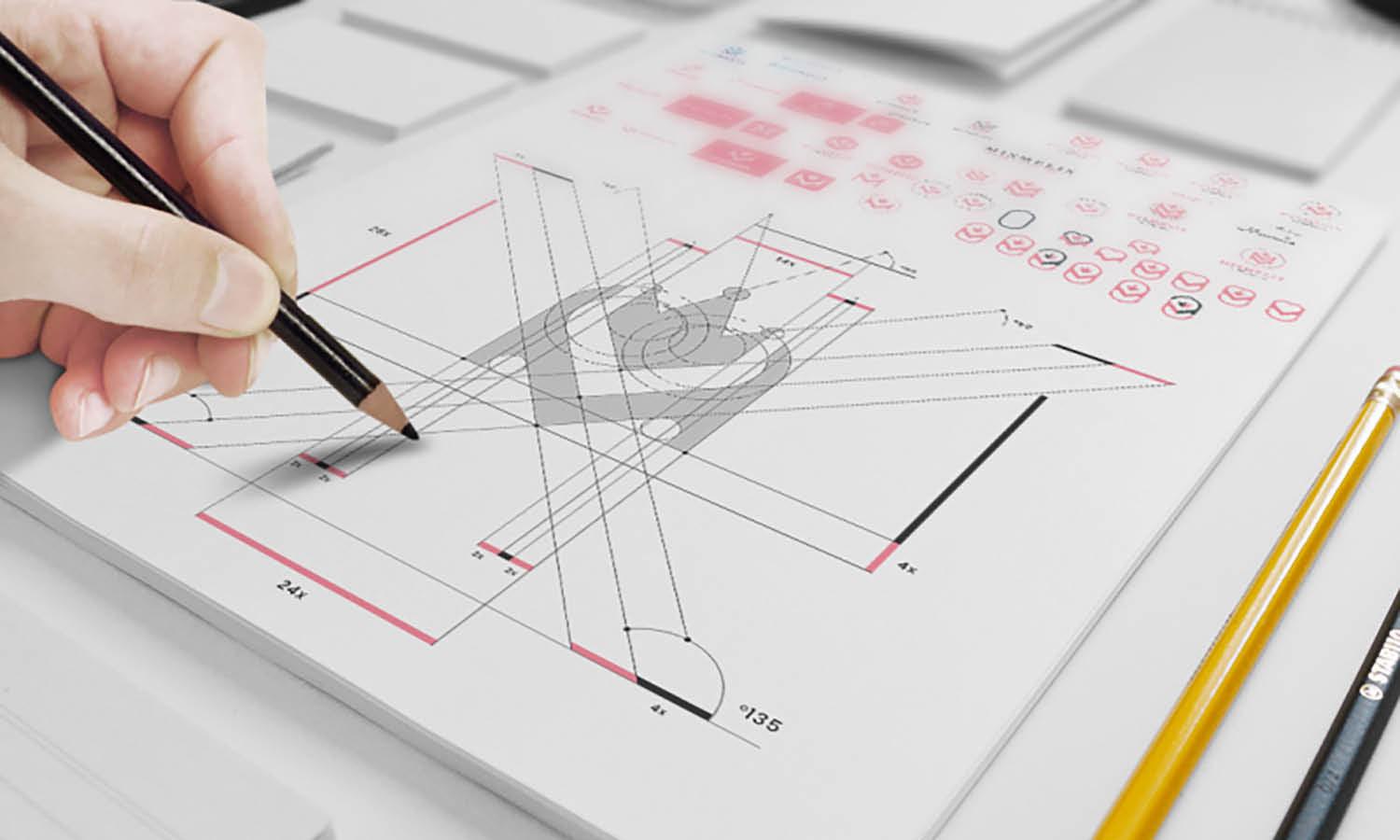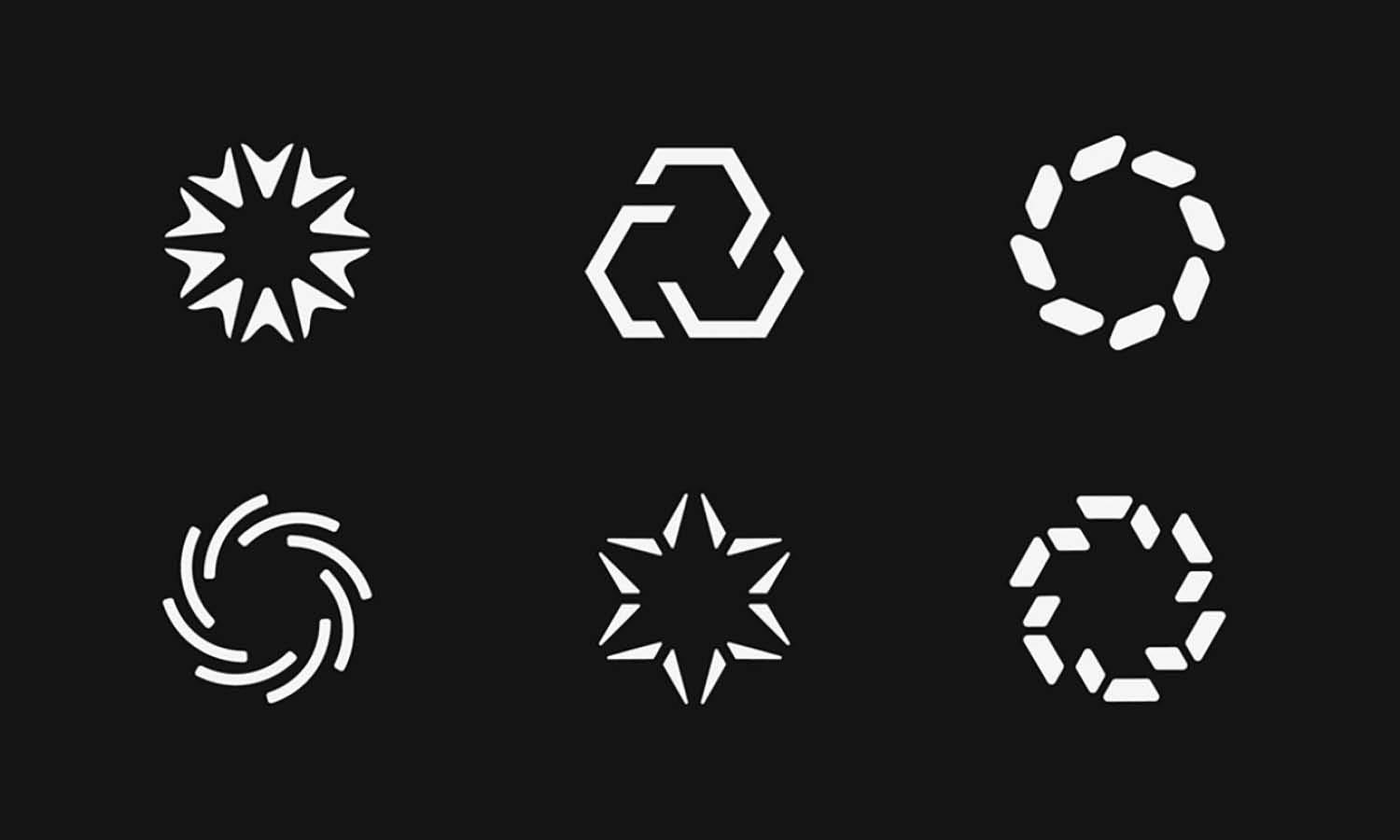How Small Design Innovations Are Giving Brands a Competitive Edge

About 75% of consumers judge a brand’s credibility based on how its website looks. In a crowded market, flashy ads alone no longer cut it—what often wins customer loyalty are the quiet, thoughtful details. A slight shift in how something feels, looks, or functions can turn a one-time buyer into a lifelong fan.
Brands that focus on small, meaningful design improvements are reshaping customer experiences in ways loud marketing campaigns rarely can. Whether it's a more intuitive website layout or a product that simply feels better in your hand, these subtle changes connect with customers on a deeper level and set brands apart from the competition.
Tiny Innovations, Significant Gains
Small design tweaks often have the power to change how customers see and use products. Take flat back studs—they mix comfort with practicality. Their design removes the discomfort of sleeping in earrings and lowers the risk of allergic reactions. These thoughtful details show a strong understanding of customer needs, making products more appealing and user-friendly.
Targeted improvements help brands set themselves apart. Switching from friction backs to screw-on closures is one example, leading to happier customers. Adding small grooves to screw-on closures can make them easier to grip, offering more convenience for users with limited dexterity. Focusing on comfort and safety helps build loyalty, encouraging repeat purchases and stronger customer bonds.
Comfort-Driven Design: Building Trust Through Feel
Customer loyalty often depends on how good products feel to use. Ergonomic design plays a big part in this comfort and affects buying decisions. Features like smooth edges and soft contours make products more pleasant to use, cutting down on pressure points that cause discomfort. Brands that embrace these ideas show they care about customer well-being, which strengthens their reputation.
Flexible hinges add even more usability, letting products move naturally with the user. This adaptability lowers the chances of returns and helps create positive feelings about the brand. Improving comfort through smart design choices helps build strong loyalty—think about adding ergonomic features to your next product line.
Minimalism: A Broader Appeal
Simple design attracts a wide range of customers. Choosing clean lines and basic shapes, like smooth rectangular bags or simple hoop earrings, helps brands create products that fit easily into both casual and formal settings. Even small design choices, like using low-profile clasps on jewelry or hidden zippers on bags, can add to the clean look without sacrificing function. This flexibility makes products feel right for many occasions, widening their appeal.
Small touches, like matte finishes, improve the feel of a product while giving it a classy look. Adding soft-touch coatings or lightly textured surfaces can further enhance the tactile experience, making products more inviting to hold and use. These updates make hesitant buyers more comfortable, helping them trust the brand.
Material Matters: Silent Innovations
Material choices quietly but strongly set brands apart. Using hypoallergenic materials, like surgical-grade stainless steel or titanium, helps ease worries about comfort and safety, building customer trust. People like knowing their purchases won't cause skin irritation or allergies, improving how they see the brand's quality and care.
Going beyond hypoallergenic materials, hidden upgrades like scratch-resistant coatings attract buyers looking for long-lasting products. Adding moisture-resistant finishes or UV-protective layers can further extend a product's life, offering extra value without changing the look or feel. Highlighting these improvements builds credibility with customers who value reliability.
Functional Flexibility: Responding to Needs
Smart product designs that adjust to different needs can make customers happier and more loyal. Features like bags that switch from backpacks to totes give practical options for busy lifestyles. This flexibility appeals to people who want the most from their purchases, letting one item do multiple jobs and cutting down on the need for extras.
Custom features like adjustable post lengths on earrings let users personalize products to fit their preferences, making them feel a deeper connection. Brands can take this further by offering modular parts, such as interchangeable charms or customizable strap lengths, encouraging customers to get creative.
Small design changes make a bigger difference than loud marketing. Things like using hypoallergenic materials, adding ergonomic features, or keeping designs simple help customers feel more connected to a brand. Comfort, durability, and flexibility matter more than many businesses realize. Instead of chasing trends, focus on real-life improvements that make products easier and more enjoyable to use. Features like modular designs or scratch-resistant finishes add value without overcomplicating things. Every small detail helps build trust and keeps customers happy. When products feel good, last longer, and fit different needs, people notice—and they’re much more likely to keep coming back.


